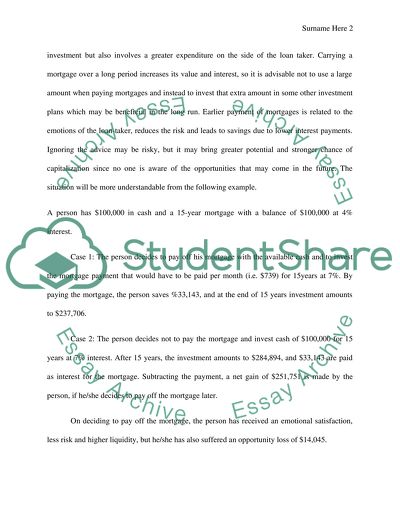Cite this document
(“Money, Banking, and Financial Markets Assignment”, n.d.)
Money, Banking, and Financial Markets Assignment. Retrieved from https://studentshare.org/marketing/1484003-money-banking-and-financial-markets
Money, Banking, and Financial Markets Assignment. Retrieved from https://studentshare.org/marketing/1484003-money-banking-and-financial-markets
(Money, Banking, and Financial Markets Assignment)
Money, Banking, and Financial Markets Assignment. https://studentshare.org/marketing/1484003-money-banking-and-financial-markets.
Money, Banking, and Financial Markets Assignment. https://studentshare.org/marketing/1484003-money-banking-and-financial-markets.
“Money, Banking, and Financial Markets Assignment”, n.d. https://studentshare.org/marketing/1484003-money-banking-and-financial-markets.


